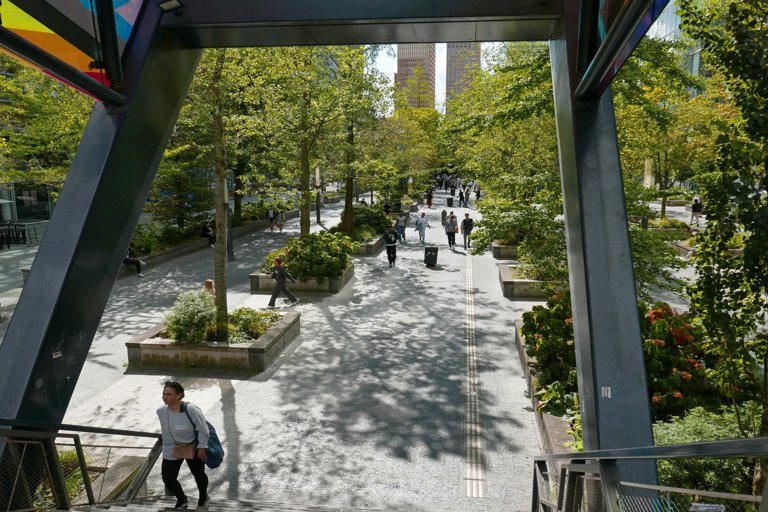Nature & Outdoors
Bowmont Park Restoration Brings New Life to Urban Wilderness
The City of Calgary has completed its latest phase in restoring Bowmont Park, improving trails and wetlands while preserving its natural character.
By Liam Nguyen | 2025-10-03 18:04

Bowmont Park, one of Calgary’s largest natural areas, has recently undergone a transformative restoration project aimed at reviving native ecosystems and enhancing public access. Spanning more than 160 hectares along the Bow River’s north bank, the park blends prairie, forest, and wetland habitats—but decades of erosion, foot traffic, and invasive species had taken their toll.
Over the past two years, the City of Calgary has collaborated with ecologists, engineers, and community volunteers to implement a comprehensive restoration plan. The work included trail improvements, native species replanting, wetland rehabilitation, and erosion control measures across several key zones.
One of the most ambitious elements was the rewilding of an old gravel pit near the west entrance. The area, once a barren stretch of compacted earth, has been converted into a seasonal wetland fed by stormwater runoff. It now attracts migratory birds, amphibians, and pollinators—making it a surprise hotspot for wildlife watchers.
Trails through the park have been rerouted and resurfaced to reduce environmental impact and improve safety. New boardwalks span sensitive riparian areas, and signage explains the importance of staying on designated paths. Several old desire-line trails have been decommissioned and replanted with grasses and shrubs.
“We wanted to strike a balance between recreation and restoration,” says project ecologist Raymond Chiu. “This park is not just for humans—it’s a habitat for dozens of species. Every design decision had to account for that shared use.”
Community groups played a critical role. Friends of Bowmont, a local stewardship group, organized volunteer planting days and public engagement workshops. Nearby schools incorporated park visits into science curricula, allowing students to see real-world examples of ecological restoration in action.
Native plants like goldenrod, wild rose, and northern bedstraw now thrive along restored meadows, replacing invasive species like Canada thistle and creeping bellflower. The city’s replanting efforts focused on drought-resistant flora that support local pollinators and require minimal maintenance.
The park’s dog off-leash areas were also reevaluated as part of the plan. While pet owners still have ample space to roam, fencing and buffer zones now protect adjacent habitats from degradation. Waste stations and signage have been added to encourage responsible use.
Another key improvement was the installation of erosion control structures along the riverbank, where heavy use had caused loss of vegetation and exposed roots. Using coir logs and willow staking, crews have successfully stabilized the shoreline while maintaining a natural look.
Accessibility upgrades were included as well. Key paths are now wheelchair- and stroller-friendly, and interpretive signs feature braille and multi-language translations. Picnic areas were refurbished with new seating and shade structures to accommodate families and seniors.
Birders have already reported increased sightings of species like the belted kingfisher and sora rail, while botanists have noted the return of native sedges. These ecological wins are being documented in a city-run database that helps guide future urban restoration work.
The Bowmont project serves as a model for other parks in Calgary. Its integrated approach—combining science, community, and sustainable design—demonstrates what’s possible when urban nature is treated as a living system rather than just a recreational backdrop.
For visitors, the difference is tangible. Whether you’re walking the bluff trails at sunrise or hearing frogs call from the marsh at dusk, Bowmont Park now offers a revitalized connection to Calgary’s wild side—one that’s both resilient and welcoming.